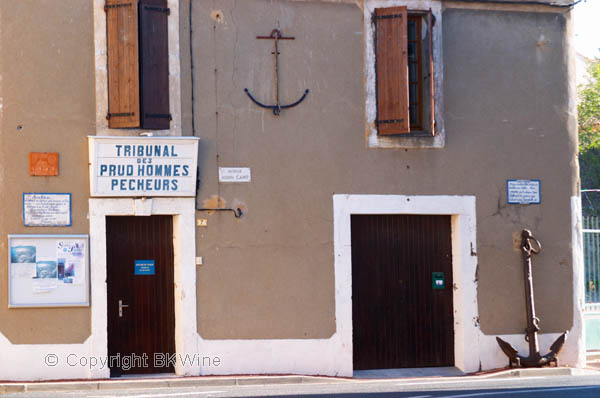Copyright is one of the basic pillars of any photographer’s business. Without it anyone and everyone could use your pictures without any restraints. Copyright essentially says that if anyone wants to use your picture they have to get your permission. You can give that permission or not. If you don’t then it is illegal to use the picture. You can also give that permission against a fee, which is often how photographers make a living.
How copyright works is somewhat different in different countries even if the basics are generally accepted principles. But “generally accepted principles” are not sufficient when it comes to legal matters such as copyright.
Here is an excellent article from Canon Professional Network: © is for Copyright: how well do you know yours?
How well do you know the rules when it comes to Copyright? Sal Shuel, a respected expert on the subject after many years as administrator for the British Association of Picture Libraries and Agencies (BAPLA) lifts the lid on a law that confuses many – yet is actually quite clear. In her own words she explains British copyright legislation, with a nod to EU Copyright law too…
The basic concept of photographic copyright is absurdly simple. Whoever pressed the shutter owns the rights. It doesn’t matter who owns the camera, the iPhone, the Canon, the Box Brownie or the Gandolfi. Copyright in the result, whether analogue or digital, belongs to whoever pressed the shutter.

